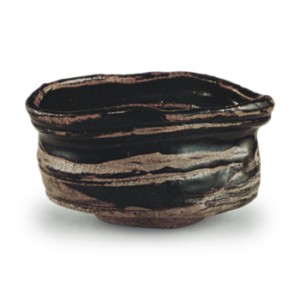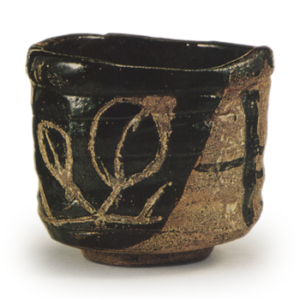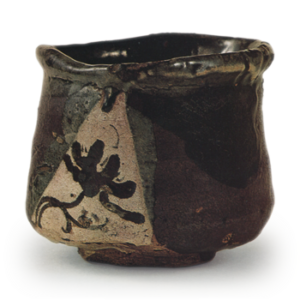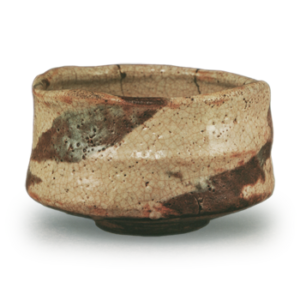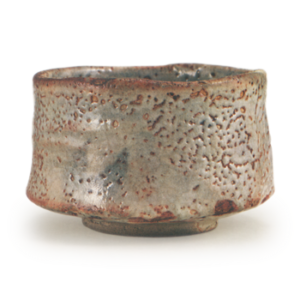Located in the western part of Taihu Lake in Jiangsu Province, China, this kiln is surrounded by Shu Mountain. The origin of this kiln is unknown, although it probably dates back to a long time ago. It became famous for its famous sand and mud tea pots. The origin of the tea pots dates back to a monk at a temple 25 kilometers southeast of the site, who made and fired them by hand. After that, the name of the tea pot was passed down from generation to generation. The fact that so many names of potters have been handed down is unprecedented in China. The first master potter was Gong Chun (or Guchun), a member of Wu Yishan’s family. When Yishan was reading at Jinsha Temple, Wu Yishan accompanied him, and in his spare time he imitated the old monk in making tea pots, eventually becoming a master. Wu Yishan, a native of Yixing, was an advocate of the Ming Dynasty in the year of the Jingde Jiaodu (1514), and was elected as a vice-envoy of the Admonition of Learning to the Sichuan government, so it is possible to guess the period of Guchun. The following are those who are said to have been master craftsmen after Gongchun. Huimengsin, Jiaxian, and Zhengmu Hou. The Yixing kilns continued to produce pottery in the Qing Dynasty and are still thriving to this day. A considerable number of braziers and flowerpots have been imported into Japan in modern times. Many of them are glazed, especially those made of raw sea squirt. One of the kilns used in Yixing is called the Ou kiln, which was created by Ou Ziming in the Ming dynasty. Its vessels seem to differ from those made of sand and mud in that they are covered with various glazes. The Yixing kiln is mainly known for its use of vermilion mud, but it is also known for its use of oolong mud, leather mud, white mud, and other types of mud. In Japan, tea ceremony masters refer to them as kurinju, and it is well known that a single pot made by the above-mentioned master potters was worth tens or hundreds of thousands of dollars during the tea ceremony boom period. The above is in accordance with Ozaki Awamori’s theory. The “Yang Jiang Mei Touroku” and “Yang Jiang Myo Jar Series” also provide details on the Yixing kilns.
